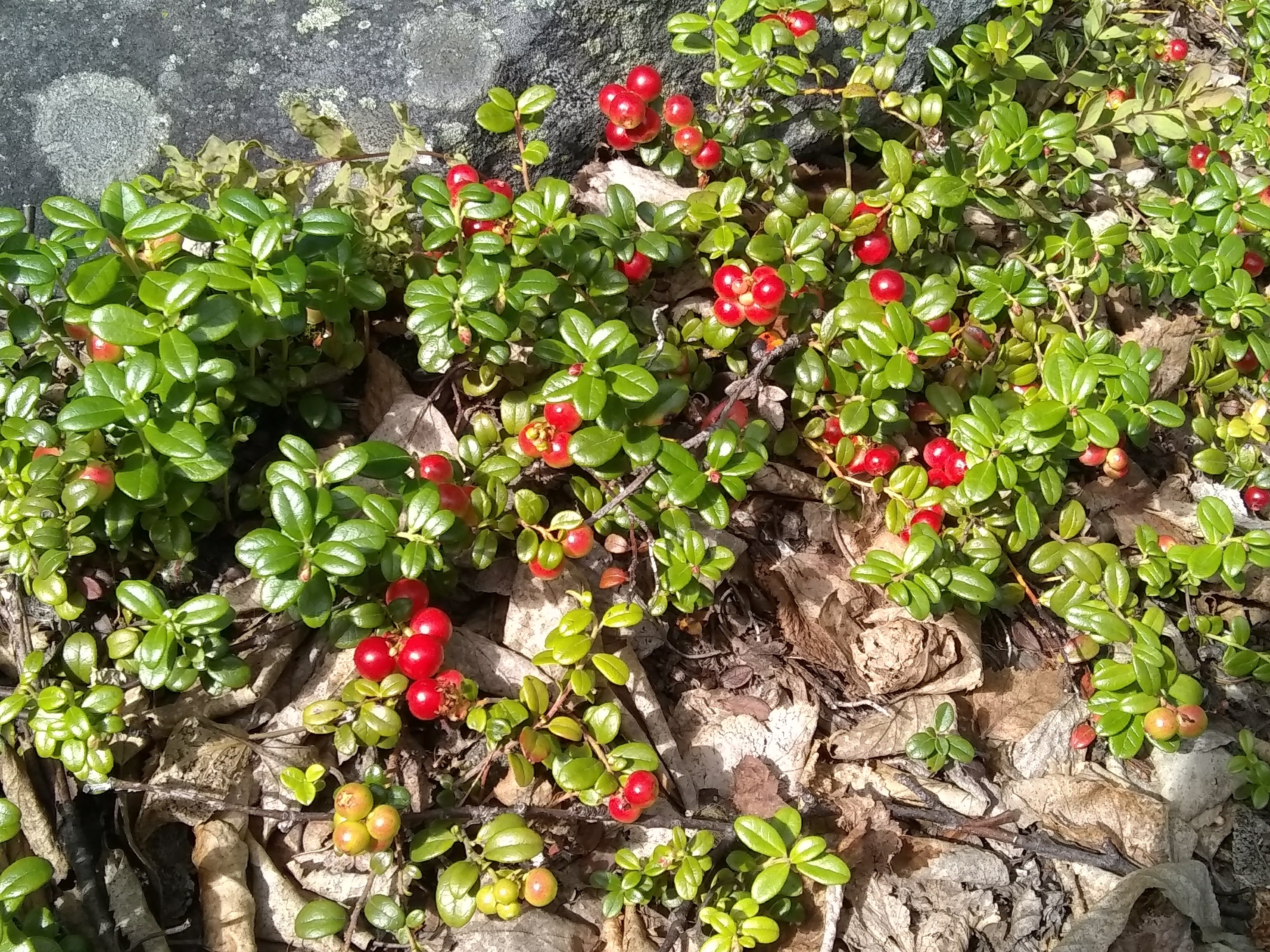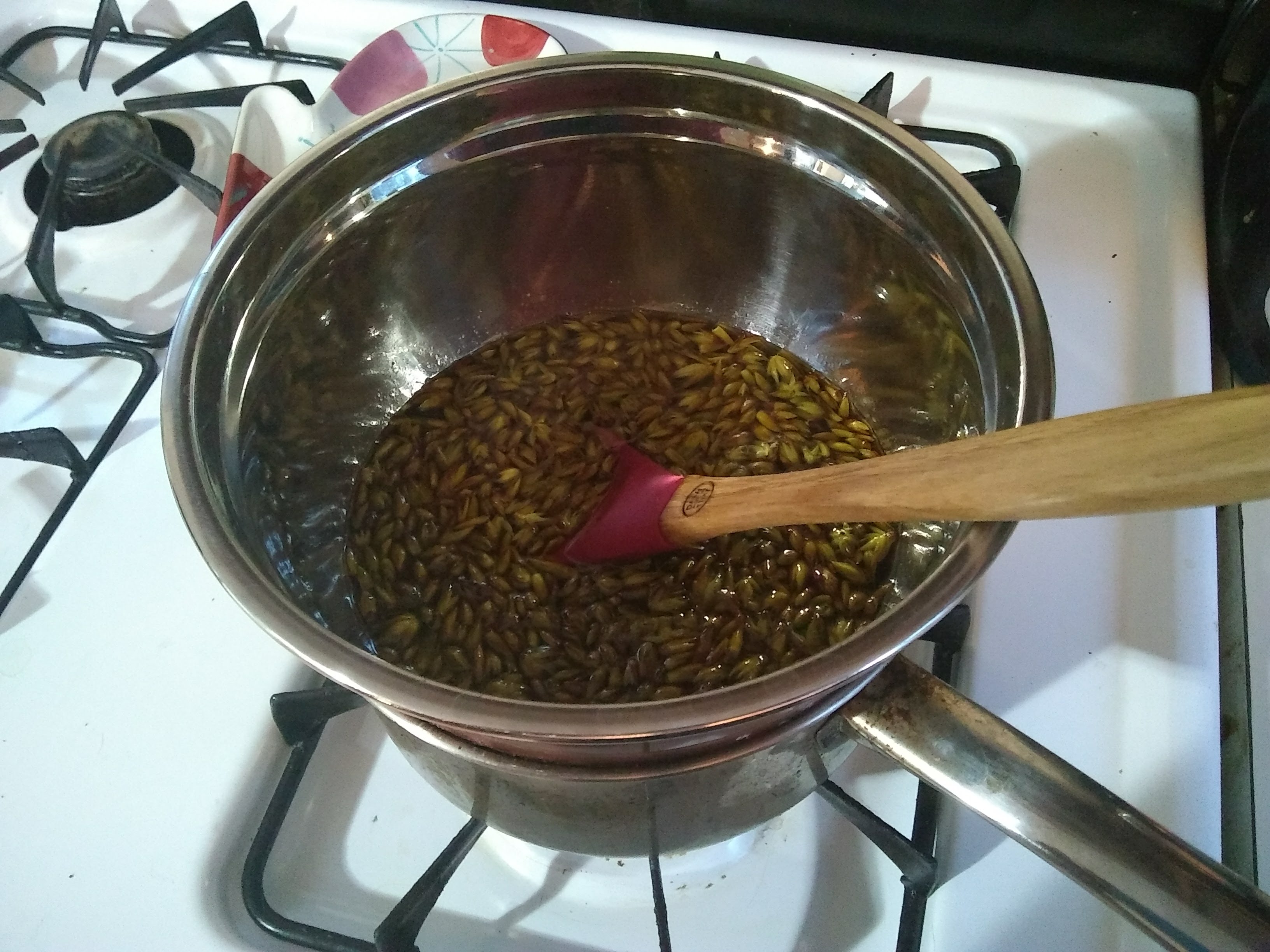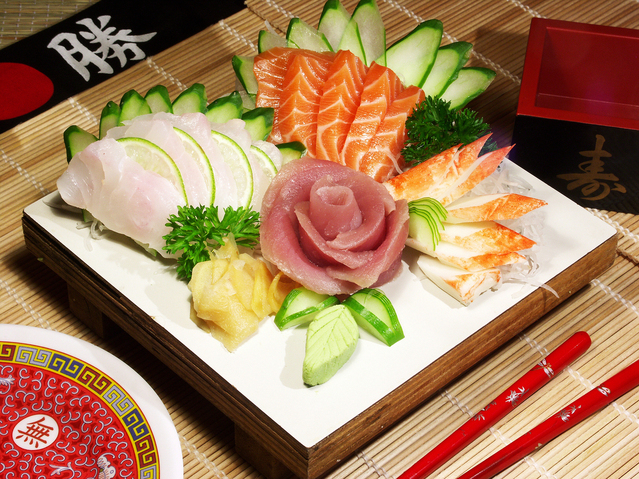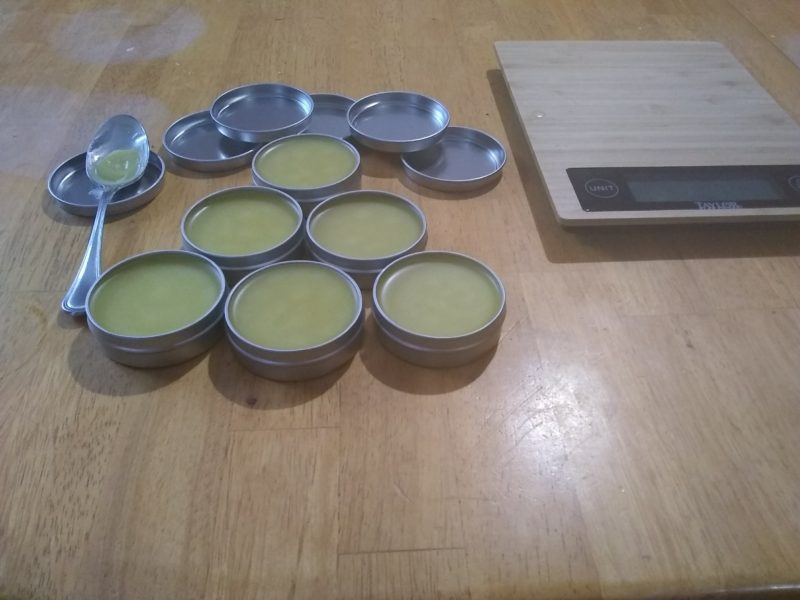Okay, this is a two parter because there are just SO. MANY. EDIBLE BERRIES! Me, personally I just eat most of these as trail snacks. I haven’t gotten into preserving, jarring, or making fruit leather (although, I really like the idea of fruit leather and now have a dehydrator…so I might have to try that one). Mostly what I will do is freeze them and have them throughout the year in smoothies. Rose hips, I will dehydrate because I prefer that for making teas. Let’s get to those nummy edible berries!
The above is an affiliate link. Alaska Herbal Solutions may get a small amount of money by using the link above at no additional cost to you.
Berry Tasty
The Usual Suspects

Blueberries Vaccinium uliginosum, V. ovalifolium
Food use: Blueberries make a great fruit leather. They are also an awesome addition to most baked foods: muffins, pancakes, scones and the like. They are also great in jams, preserves, jellies, and syrups. Medicinal uses: The leaf and bark can be made into a decoct to use as a mouthwash, which you can also use as a gargle for sore throats.

Strawberries Fragaria virginiana
In addition to the cultivated variety, there is also a wild variety that grows in Alaska.
Food uses: All the normal berry stuffs – snacks on the trail, jams, jellies, various desserts. The spring shoots and leaves can also be eaten and can be dried and added to teas.
Medicinal uses: Strawberries are high in Vitamin C and A, so are excellent if you’ve frozen them for over the winter. The leaf tea is excellent for pregnant women as it is an antiabortificant (meaning it helps prevent abortion) as well as to help settle morning sickness. After birth it is said to help the production of mother’s milk. Cautions: Wilted strawberry leaves are mildly toxic, so make sure they are fully dried or absolutely fresh before using them. Some individuals may also be allergic to strawberries.
Cran I get you some berries?

High Bush Cranberries Viburnum edule, V. pauciflorum
Food use: Jams, jellies, preserves and the like. The flowers can be added to different batters. These ones are honestly too sour for my taste. Even after the first frost.
Medicinal: The bark is aptly named cramp bark as a decoction can be made to help aid in menstrual cramps as well as stomach cramps. The tincture can be used for asthma or colds.

enough to do anything with. -Photo Courtesy of Gail Hightower.
Cranberries Oxycoccus microcarpus, O. palustris
These are the only true cranberries that grow in Alaska.
Food use: These are pretty sour, so they usually taste better after cooking. They are also way better after the first frost. Cranberries are high in pectin like bunchberries, so they are a good addition to anything that needs pectin. If you like to bake, they can be good additions to nut breads.
Medicinal use: Because of the high vitamin C content, eating cranberries or drinking the juice is helfpul during colds. As most people know, cranberries are also good for any problems with the urinary tract.

Lingonberries Vaccinium vitis-idaea
Also known as lowbush cranberries. It is best to harvest these after the first frost. If you don’t want to wait that long, you can gather them and leave them overnight in the freezer or keep them that way until you need them.
Food use: You can make lingonberry sauce, kind of like cranberry sauce. This is another berry that is high in pectin, so an excellent addition to jams, jellies, and preserves.
Medicinal use: The mashed berries were used to help relieve itchy skin eruptions like that of measles. Of course you can use the juice like you would of regular cranberries to help treat urinary tract infections.
How Low Can You Go? Berries that grow low to the ground.

Cloudberries Rubus chamaemorus
Food use: The berries can be used for all of the usual berry things: jellies, jams, preserves, and syrups. One nice thing about cloudberries is that they have naturally occurring benzoic acid, which means that they last longer on their own without needing refrigeration or freezing. The flowers can be added to salads.
Medicinal use: The leaves are astringent making them wonderful for menstrual cramping or diarrhea as a tea. A poultice can be made out of the leaves for weeping wounds. The berries are full of antioxidants and vitamin C so are excellent for helping to keep you healthy throughout the winter.
Cautions: Do not use the wilted leaves. They must be used fresh or completely dry. Nothing in between.

Nagoon Berries Rubus arcticus
Food use: All of the regular berry uses: fresh, jams, jellies, preserves, and leathers. The flowers can be used in salads as they are extra sweet. You’ll want to wait until the first frost to eat them. Or use my favorite trick and pick them when they’re nice a red then put them in the freezer. The leaves can be used for a pleasant tea.
Medicinal use: There is not a whole lot of literature on the medicinal use.
Cautions: use only fresh or COMPLETELY dry leaves for tea. Partially wilted leaves are slightly toxic.
Berries without much taste

Crowberries Empetrum nigrum
Also known as mossberry, blackberry, and black crowberry
Food uses: Crowberries aren’t very tasty by themselves in my opinion, so I don’t harvest them much. But if you like to make jams, jellies, or syrups, this is a great addition to your repertoire of berries. You can use them by themselves or with other berries. These appear to be one of the berries that seem to sweeten after frost, so if you don’t want to wait, put them in the freezer overnight.
Medicinal uses: The natives used crowberry twigs and stems for colds and diarrhea. Medical studies from the University of British Columbia have shown that it is also good for slowing down the growth of tuberculosis bacteria. The juice of the berry is said to help with eye soreness and cataracts.

Bunchberries/Dwarf Dogwood Cornus canadensis, C. suecica
Now, if you’ve heard that dogwood is poisonous, that would be the American Dogwood, which is a tree.
Food use: This little thing is edible. While it’s bland in taste, it has a lot of pectin, so you can add it to your jams, jellies, and preserves to thicken it instead of buying pectin. I actually like the texture of these ones, so its really all a matter of taste. This is one of my favorite trail snacks.
Medicinal use: The dried bark and root is good for colds and fevers.
Your Mother was a hamster!

Elderberries Sambucus racemosa
Being from Washington State, I am used to the black ones more, where you can eat the entire berry including the seed. However, the seeds of the red elderberry contain hydrocyanic acid, leading to cyanide so if you eat them in abundance, you will get very sick…or die. You know I love you all, so let’s keep you alive!
Food use: If you de-seed them, you can make a jelly out of them.
Medicinal use: The flowers are also good in a tea that I make for when I have a cold.
Other use: The leaves of elderberry for smell bad. They’re bad enough to repel mosquitoes. You can place a sprig behind your ear(my favorite bug repelent is still wormwood). Bonus: infuse the leaves into water and spray on leaves to repel aphids. Be sure to wash the leaves if you spray on food. It’s the same with any pesticide – natural or not.
More Edible Berries Next Week
So next week I will have nine more berries that are edible for you! If you have a great recipe to share, please do so in the comments!




